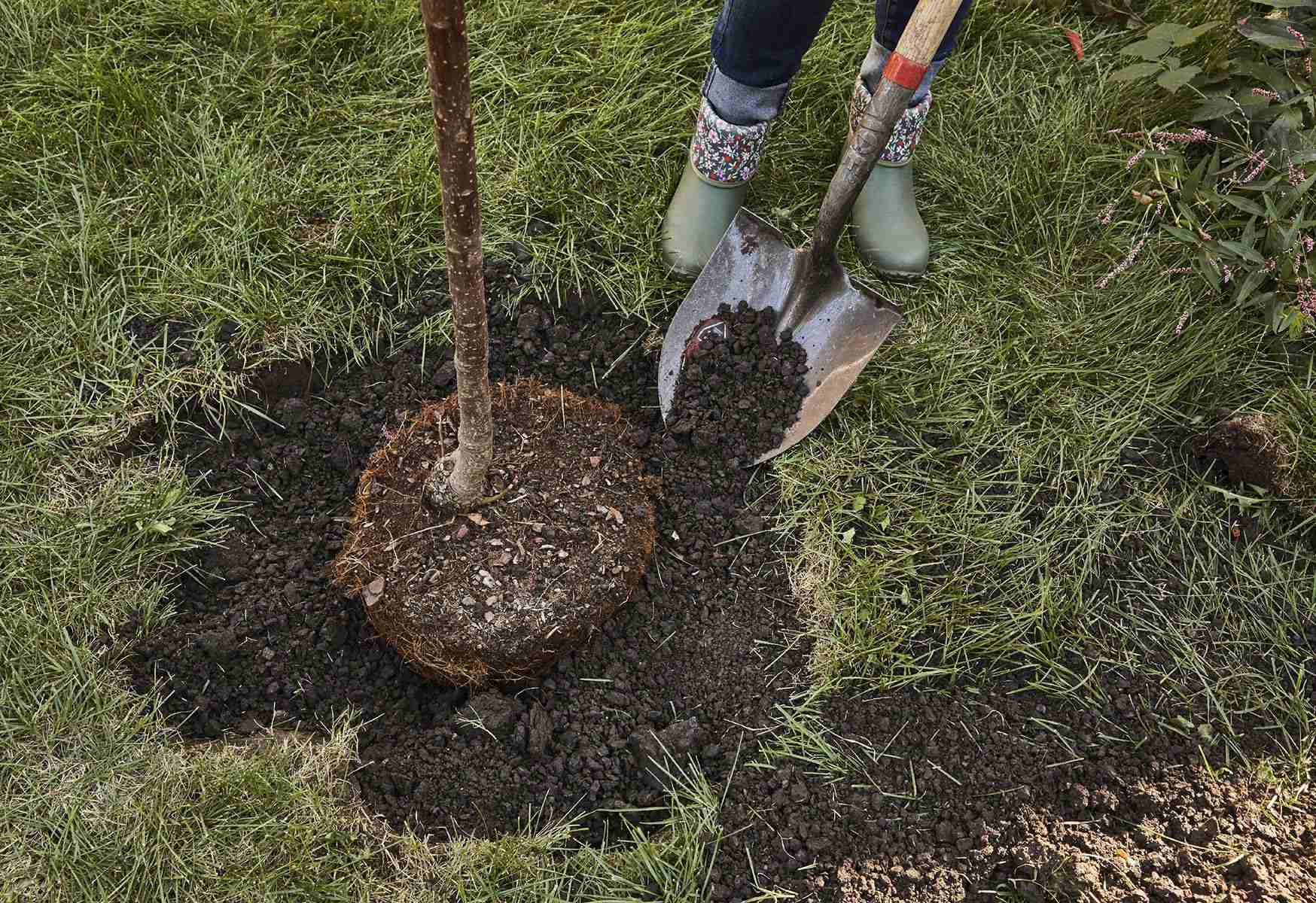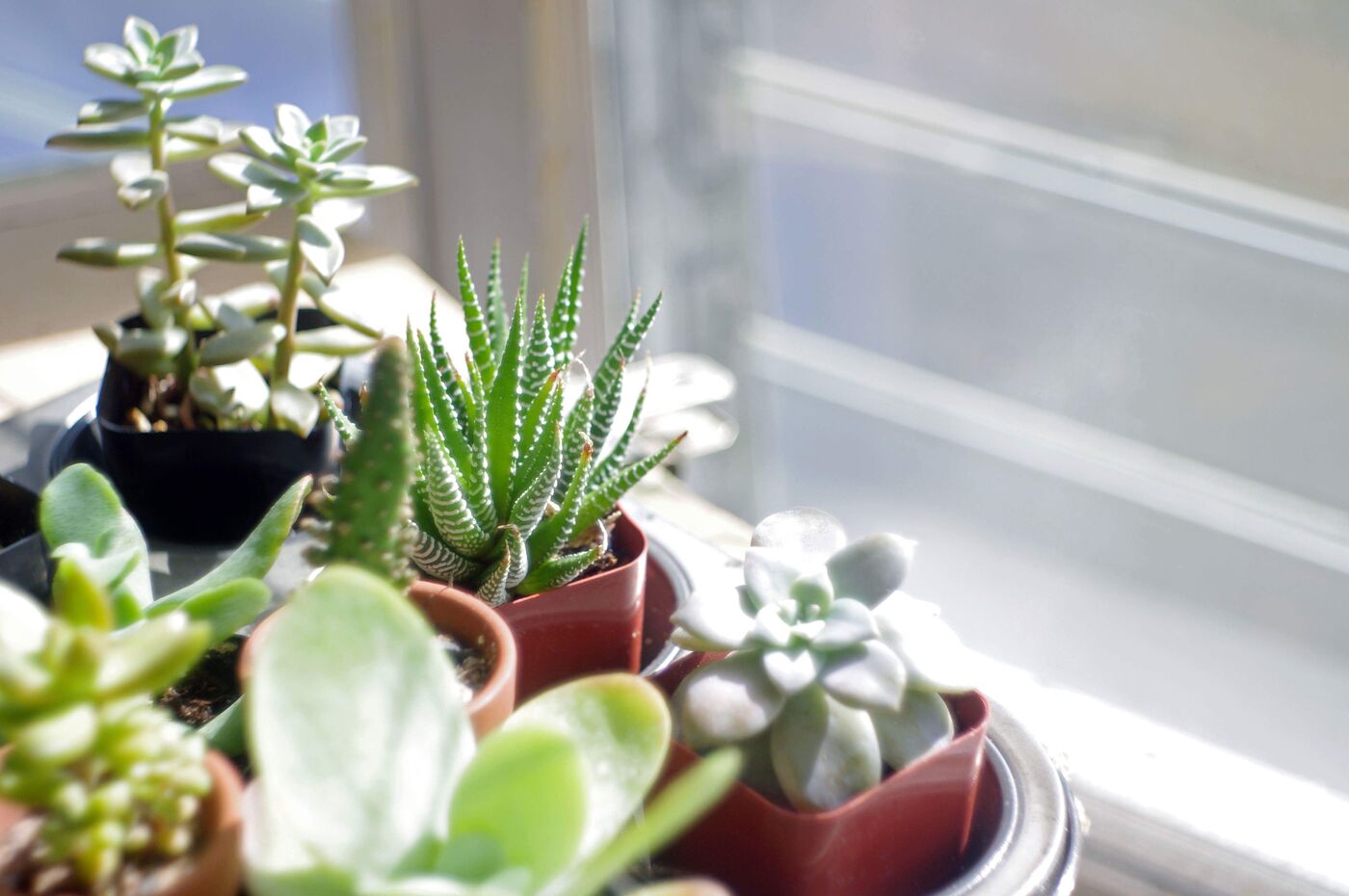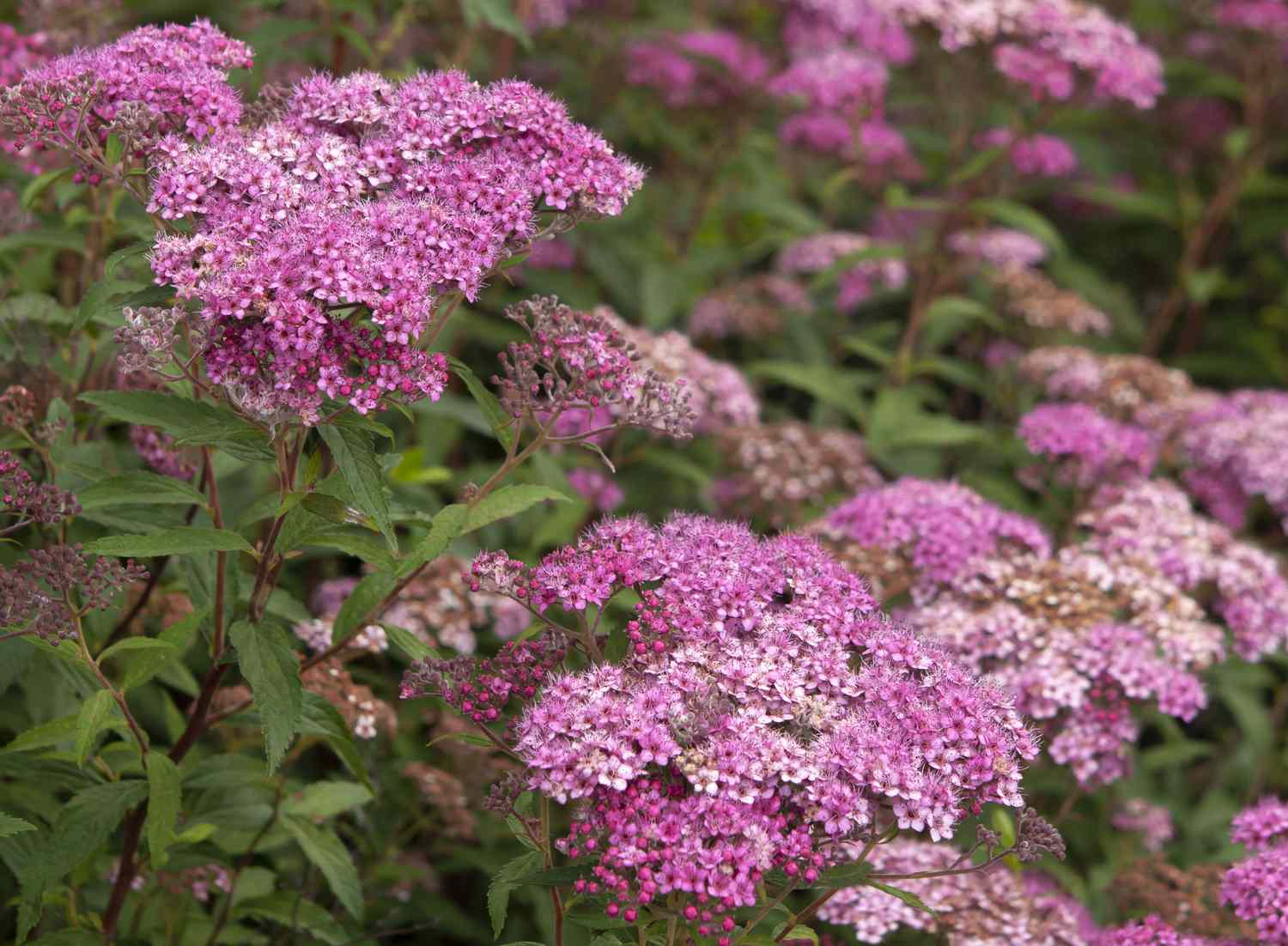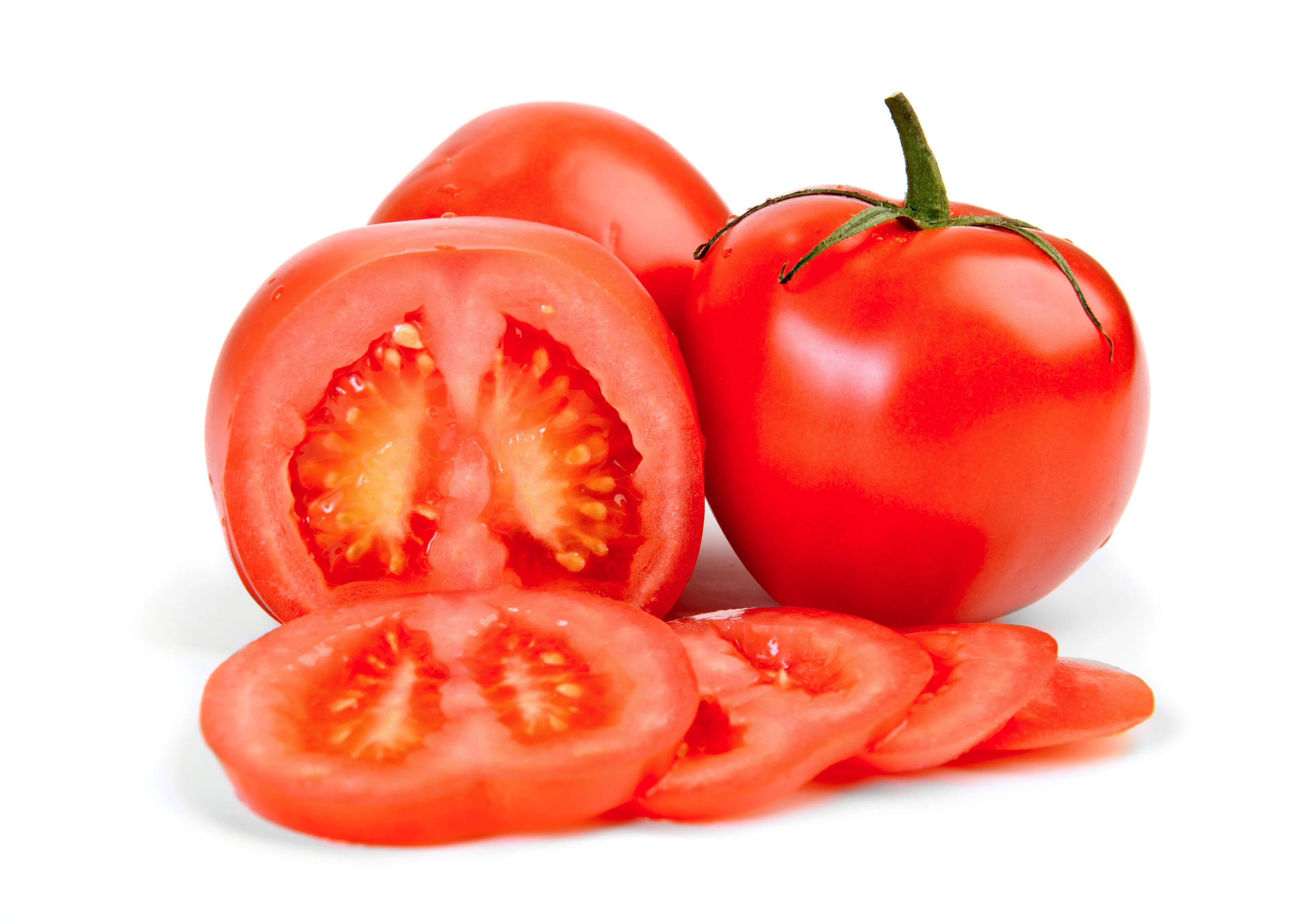Home>Gardening Tips and Tricks>Problem Solving>When Should You Cut Back Trees And Shrubs
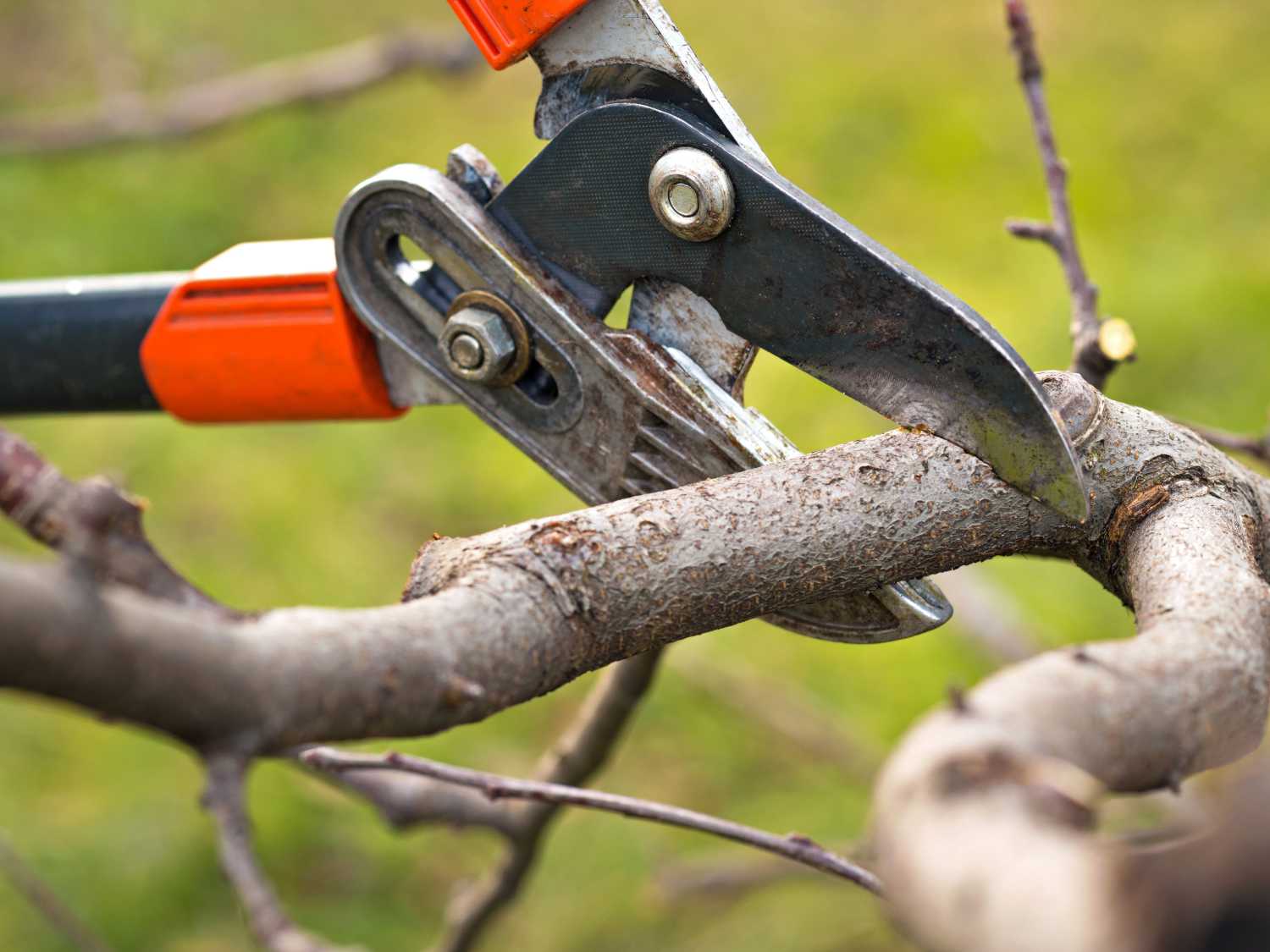

Problem Solving
When Should You Cut Back Trees And Shrubs
Modified: January 22, 2024
Need help problem solving when to cut back trees and shrubs? Discover expert tips and advice on when and how to trim your plants for optimal growth and health.
(Many of the links in this article redirect to a specific reviewed product. Your purchase of these products through affiliate links helps to generate commission for Chicagolandgardening.com, at no extra cost. Learn more)
Table of Contents
Introduction
When it comes to maintaining the health and beauty of your outdoor space, knowing when to cut back trees and shrubs is crucial. Proper pruning and trimming can help promote healthy growth, enhance the appearance of your landscape, and prevent potential hazards.
However, determining the right time to cut back trees and shrubs can be a daunting task. It requires understanding various factors such as plant species, growth patterns, and the specific needs of each plant. Making the wrong decision or performing improper pruning techniques can have a negative impact on the overall health and aesthetics of your landscape.
In this article, we will explore the factors to consider before cutting back trees and shrubs, signs that indicate the need for pruning or trimming, the best time to perform pruning, the consequences of cutting back at the wrong time, and the proper techniques for cutting back trees and shrubs.
By gaining a better understanding of these aspects, you will be equipped with the knowledge to make informed decisions about maintaining the health and appearance of your trees and shrubs.
Factors to Consider Before Cutting Back Trees and Shrubs
Before reaching for your pruning shears, it is important to evaluate several key factors that will determine whether or not cutting back your trees and shrubs is necessary.
Firstly, consider the overall health and condition of the plant. If a tree or shrub is showing signs of disease, decay, or damage, pruning may be necessary to remove affected branches and promote healthy growth. Similarly, if a particular branch is obstructing pathways or structures, pruning can help alleviate any safety concerns.
Secondly, analyze the growth pattern and natural shape of the plant. Some trees and shrubs have a more upright growth habit, while others tend to spread or weep. Understanding the natural form of the plant will guide you in deciding what type of pruning is required to maintain or enhance its shape.
Furthermore, consider the specific purpose of the plant in your landscape. Is it primarily ornamental, providing shade, or serving as a privacy screen? Understanding the intended function of the tree or shrub will help determine how much and in what way you should prune to achieve your desired outcome.
Additionally, take into account the time since the previous pruning. Different trees and shrubs have varying growth rates and pruning requirements. Some may require regular pruning to control size and shape, whereas others may only need occasional maintenance.
Lastly, consider the season and weather conditions. Pruning during specific times of the year can influence the plant”s response and ability to heal. It is important to avoid pruning during periods of active growth or extreme weather, as this can stress the plant and impede its recovery.
By carefully considering these factors, you will be able to make informed decisions in determining whether cutting back trees and shrubs is necessary and develop a pruning plan that is tailor-made for each plant in your landscape.
Signs That Indicate the Need for Pruning or Trimming
Knowing when to prune or trim your trees or shrubs is essential for maintaining their health and promoting optimal growth. Look out for the following signs that indicate it may be time to grab your pruning tools:
- Overgrown branches: If the branches of your trees or shrubs have become crowded or are growing too close to structures, it may be necessary to prune them back. This will help prevent potential hazards, such as broken branches falling onto your property or obstructing pathways.
- Dead or diseased branches: Dead or diseased branches can detract from the overall appearance of your plants and impact their health. Pruning these branches can help stop the spread of disease and stimulate new growth. Look for signs such as discoloration, fungus, or lack of leaf growth.
- Branches crossing or rubbing: When branches of a tree or shrub cross or rub against each other, it can cause damage and provide an entry point for pests and diseases. Pruning these branches will not only prevent further damage but also improve the plant’s overall structure.
- Density and overcrowding: If the branches or foliage of your trees or shrubs have become overly dense, it can hinder airflow and light penetration. Pruning to thin out the foliage will promote better air circulation and allow sunlight to reach the inner branches, fostering healthier growth.
- Unbalanced or uneven growth: Some trees or shrubs may develop uneven growth patterns, with one side appearing fuller and denser than the other. This can be caused by factors such as shading or wind exposure. Pruning can help restore balance and promote symmetrical growth.
Regularly inspecting your trees and shrubs for these signs and taking prompt action by pruning or trimming as needed will not only improve their aesthetic appeal but also ensure their long-term health and vitality.
Best Time to Cut Back Trees and Shrubs
Timing is crucial when it comes to cutting back trees and shrubs. The optimal time for pruning or trimming depends on various factors, including the specific plant species and the goals you want to achieve. Here are some general guidelines to help you determine the best time:
- Dormant season: For most trees and shrubs, the dormant season, which occurs during late winter or early spring, is the ideal time for pruning. The plants are not actively growing at this time, making it easier to see the branching structure and make strategic cuts. Pruning during the dormant season also minimizes the risk of disease transmission and excessive sap flow.
- Spring flowering plants: If you have trees or shrubs that bloom in spring, such as cherry or lilac trees, it is best to prune immediately after they finish flowering. This allows the plant to set new flower buds for the following year without sacrificing the current season’s blooms.
- Summer flowering plants: Trees and shrubs that bloom in summer, like hydrangeas or crape myrtles, should be pruned during late winter or very early spring before new growth emerges. This timing ensures that you remove any dead or damaged wood while still allowing the plant to develop new buds for the upcoming flowering season.
- Evergreen plants: Evergreen trees and shrubs, which retain their foliage year-round, can be pruned throughout the year. However, it is generally best to prune them during late winter or early spring when there is less stress on the plants and the new growth is about to emerge.
- Minor adjustments: If you notice small, immediate adjustments are needed, such as removing a single branch or trimming back a wayward shoot, these can be done at any time of the year. Just be cautious not to remove more than 25% of the plant’s foliage to avoid stressing the plant.
It is important to note that there are exceptions to these guidelines, so it is always a good idea to research the specific needs of the trees and shrubs in your landscape. Additionally, be mindful of local climate conditions, as they can affect the growth patterns and timing for pruning in your area.
By understanding the best time to cut back your trees and shrubs, you can ensure that the pruning process is performed at the optimal time for promoting healthy growth, maintaining the plant’s natural beauty, and achieving your desired landscape goals.
Consequences of Cutting Back at the Wrong Time
While it is essential to know the best time for cutting back trees and shrubs, it is equally important to understand the consequences of pruning at the wrong time. Pruning outside the recommended timeframe can have detrimental effects on the health and aesthetics of your plants. Here are some potential consequences:
- Reduced bloom or fruit production: Pruning at the wrong time can diminish or even eliminate the blooms or fruit production for the current season. By cutting back branches that have already developed buds or flowers, you are essentially removing the potential for their display or harvest.
- Stunted growth: Pruning during active growth periods can disrupt the plant’s natural growth cycle. The plant may respond by redirecting energy and resources to heal the pruning wounds, resulting in slowed or stunted growth. This can hinder the plant’s overall development and vigor.
- Increased vulnerability to diseases and pests: Pruning during certain times of the year, especially when plants are actively growing, can create open cuts or wounds that are more susceptible to pathogens and pests. This can lead to infections and infestations that can further compromise the health of the plant.
- Unsightly appearance: Cutting back trees and shrubs at the wrong time can lead to unsightly or uneven regrowth. Improper pruning during the growing season can cause excessive “water sprouts” or “suckers” to form, resulting in a messy, unattractive appearance. It may take time for the plant to recover and regain its natural shape.
- Weakened structure: Pruning at the wrong time can result in weakened branch structures, as the plant may not have sufficient time to properly compartmentalize and heal the pruning wounds. This can make the plant more prone to breakage or damage during storms or heavy winds.
It is important to follow the recommended pruning schedules and guidelines for specific plants to avoid these consequences. Research the optimal pruning time for each tree and shrub in your landscape and plan accordingly. By pruning at the right time, you can promote healthy growth, preserve the natural form of the plant, and maintain its overall vitality.
Proper Techniques for Cutting Back Trees and Shrubs
Performing pruning or cutting back trees and shrubs requires proper techniques to ensure the health and appearance of your plants. Here are some essential guidelines to follow:
- Use clean, sharp tools: Always use clean and sharp pruning tools to make precise and clean cuts. Dull or dirty tools can cause damage to the plant and increase the risk of disease transmission. Clean your tools before and after each use to prevent the spread of pathogens.
- Identify the branch collar: When making cuts, it is crucial to identify the branch collar, which is the swollen area at the base of the branch where it connects to the trunk or main stem. Make your cuts just outside the branch collar to promote proper healing and reduce the risk of disease or insect infiltration.
- Prune at a slight angle: Ideally, make your pruning cuts at a slight angle, about ¼ inch above a bud or lateral branch. This angled cut allows water to drain away from the bud or branch, reducing the risk of water pooling and potential disease entry points.
- Remove dead or diseased wood: Start by removing any dead, dying, or diseased branches. Make cuts back to healthy wood, ensuring that there are no signs of decay or discoloration. This helps promote a healthier plant and prevents the spread of diseases to other areas.
- Consider the 3-cut method for larger branches: For larger branches, use the 3-cut method to prevent tearing and damage to the bark. First, make an undercut about 6-12 inches away from the branch collar. Then, make a second cut from the top, a few inches further away. Finally, make the final cut just outside the branch collar, removing the stub.
- Prune for a purpose: Have a clear objective in mind when pruning. Whether it’s to promote overall health, improve aesthetics, or remove obstructive branches, prune with intention. Avoid over-pruning, as removing too much foliage can cause stress and impact the plant’s ability to photosynthesize.
- Take your time: Pruning is not a race. Take your time to carefully evaluate each cut and ensure you are making the right decisions for the plant. Rushing the process can result in improper cuts, damage to surrounding branches, or an unbalanced appearance.
Remember, if you are unsure or hesitant about any pruning task, seek advice from a certified arborist or professional landscaper. They can provide guidance and assistance to ensure you are using the proper techniques for cutting back your trees and shrubs.
Conclusion
Knowing when and how to cut back trees and shrubs is crucial for maintaining their health, appearance, and overall well-being. By considering factors such as plant type, growth patterns, and specific needs, you can make informed decisions about pruning and trimming.
Signs such as overgrown branches, dead or diseased wood, and unbalanced growth indicate the need for pruning or trimming. Understanding the best time to prune, whether during the dormant season or after flowering, ensures optimal results and minimizes potential negative consequences.
Improper pruning techniques and timing can lead to reduced bloom, stunted growth, increased vulnerability to diseases and pests, unsightly regrowth, and weakened branch structures. By following proper pruning techniques, using clean and sharp tools, identifying the branch collar, and removing dead or diseased wood, you can promote healthy growth and maintain the natural beauty of your plants.
Remember, pruning is a precise art that requires patience and careful consideration. Take the time to evaluate each cut and prune with intention to achieve your desired outcomes. If you’re unsure or have concerns, consult a professional arborist or horticulturist for expert guidance.
By understanding the factors to consider, signs that indicate the need for pruning, the best timing, and proper techniques, you can confidently cut back your trees and shrubs, maintaining a thriving and visually appealing outdoor space.

